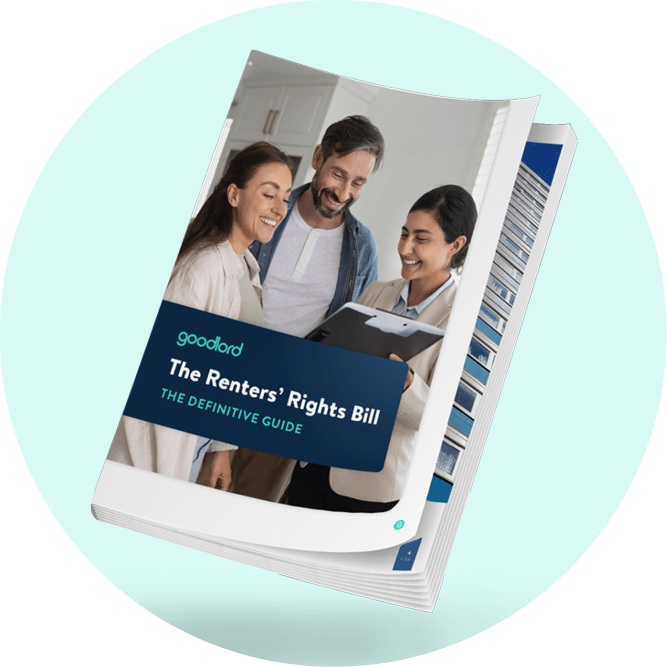Your guide to the Fire Safety Act 2021
The government has announced the commencement of the Fire Safety Act 2021, which will amend the current rules under the Regulatory Reform (Fire Safety) Order 2005.
The government has announced the commencement of the Fire Safety Act 2021 in England and Wales, which will come into force on 23 January 2023. The Act clarifies which parts of multi-occupied residential buildings apply under the the Regulatory Reform (Fire Safety) Order 2005 (FSO), and who's responsible for maintaining fire safety for these parts.
The changes outlined in this Act are in line with the Building Safety Bill's proposed regulations, aiming to overhaul the regulatory safety framework of buildings, from construction to maintenance.
What are the current rules under the FSO?
The FSO currently applies to all non-domestic premises in England and Wales, including multi-occupied residential buildings such as blocks of flats.
Responsibility to comply rests on the "responsible person" of the premises - which could be landlords that own the building or letting agents that have control over the building.
The responsible person or duty holder under the FSO must "carry out an assessment of the fire risks to people on the premises or within its vicinity".
What's changed under the Fire Safety Act 2021?
The new Fire Safety Act 2021 amendment affects buildings containing more than one home, and clarifies that the FSO applies to the structure and external walls, and all doors between the domestic and common parts of the property.
This includes windows, balconies, cladding, insulation and fixings and any common parts, as well as all doors between homes and common areas.
What does this mean for landlords and agents?
Landlords and agents deemed the "responsible person" need to ensure their fire risk assessments are updated to take these new components into account, if they haven't already done so, and regularly review the assessment.
The responsible person must also ensure the "removal or reduction of fire hazards" and implement "reasonable measures" to make sure the residents, employees in the building, or visitors are safe, including for the building parts now highlighted in the Act.
Who can assess the building for fire risk?
The assessment should be undertaken by a "competent professional", with new guidance available to help agents and landlords choose an appropriate assessor.
The government recognises that demand for these assessors will be high in the coming months as everyone updates their processes to stay compliant.
It has therefore developed a new "Fire Risk Assessment Prioritisation Tool" to help prioritise the buildings deemed top priority - although using this tool is not mandatory.
What if you've already assessed the risk of the new areas under the Act?
Any landlords or agents that have already reviewed the fire risk assessment for a particular building to to stay compliant with the Fire Safety Act will not need to review it again - unless there is "reason to suspect" that the assessment is no longer valid, such as a recent refurbishment.
How will the Act be enforced?
The responsible landlord or agent may need to share evidence with enforcing authorities that they've considered the new requirements under the Fire Safety Act and how it affects their existing fire risk assessment.
If the relevant authorities find that a responsible person has failed to comply with the FSO, it may choose to "provide advice on the action to be taken or serve an enforcement notice", sharing a realistic timescale for the appropriate actions to be taken.
The new government guidance notes that the guidance itself can be "referred to, and relied upon, in relation to any legal proceedings concerning a responsible person’s alleged contravention of the duties in the FSO as amended by the Fire Safety Act."
Please note this is intended as a guide only and does not constitute legal advice. Read more at gov.uk.










